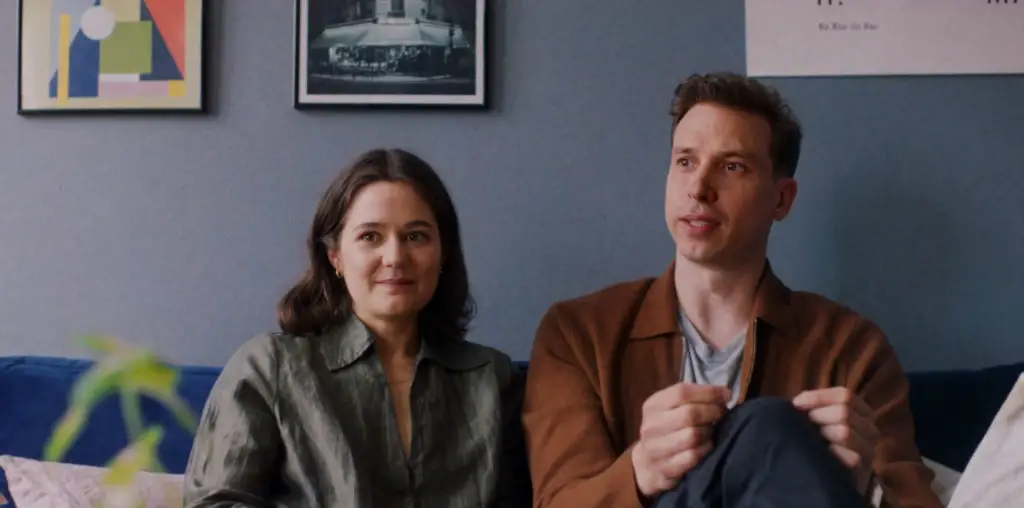
I’d have to agree, it’s as brilliant and sensational as they say, with refined visuals, yet full of experimental whims; its characters familiar but so distinct; its narrative turns risky but assuredly paying off. It’s all true: last year’s “WALL-E” has it all (sorry to rehash it here!) – except a decent third act worthy of the film’s earlier brilliance.
It appears that the inspiration ran out – the end of the story finds WALL-E and Eve trapped in a ticking-clock crisis like a thousand other scripts. What happened to the film I was just enjoying, the two acts that casted convention out into space, that played by its own quiet, minimalistic rules, shining like the film’s charming little character-bot? Did screenwriter Andrew Stanton and cohorts lose steam, or did populist viewer expectations invade a story conference?
PIXAR must be bound to convention if something as thrilling as “WALL-E” can’t reach the finish line. It’s no surprise that “Up” falls likewise, though this film loses inspiration by the time Act Two is established. I draw “Up” together with “WALL-E” because the former film begins just as lively. “Up” is the kind of dreamer tale that’s usually found only overseas. Carl Fredricksen (voiced by Edward Asner, with just the right texture) loves flight, though life passes him by before he can fulfill such desire. And his life passes in an elegant sequence, noteworthy in that it seems devised with its young audience members in mind. They can read the symbolic images of Carl’s life to learn of his ups and downs – the rolling swells of “ooos” and “ohs” in the theater crowd prove it so. By here, “Up” has settled into a groove with ease, when Carl, now elderly and lost in a new age, sees his house about to be swallowed by new construction. When the developers devise a mean to remove him, Carl launches his house into the sky – an inspirational up-yours that provides an escape.
Carl is a delightful presence; with a literally squared jaw, he appears straight out of Legoland. Even as a youngster he looks like a gently old man, until he goes gray and gets his pronged cane, to become an animated George Burns. He meets an egg-shaped scout, Russell (voiced by a debuting Jordan Nagai), who becomes his pilot fish – think “Finding Nemo’s” Dory revised for a new project, who makes Carl into a resistant mentor.
After a strong takeoff, the film lands on dead grounds. The devices the two encounter play like products of a committee room workshop. They find talking dogs, with clever thoughts, granted, though overused long before their time is up. They also encounter an explorer lost between diabolic and noble intentions. (And just how old is he? Doesn’t an eight-year-old Carl see a newsreel of his exploration in the opening scene?) And then there’s the valuable bird, which has all the purpose of a dodo tossed in to move the plot. These bits oppress the narrative and make it mechanic – not the best idea when working with computerized images. Thus “Up” turns into shallow, manipulative hackwork.
Yet, the kids will love the sight of it all, though in a few years they’ll be bored by the (un)fantastic journey.

Who let’s jackasses like this write movie reviews? You didn’t like the movie because there was a bird and a dog? You finish saying all nice things about the movie then say the characters oppress the narrative. What narrative did you think the movie was supposed to have that the characters somehow oppressed? Climb down off your high horse and include how emotionally riveting the story was, and how well Pixar tackled such deep emotional discourse in the character of Russel and his parents divorce. You review like you just came from a preppy-college English class, only you forgot to pay attention to the part of class where they teach you how to look at content and not just slap some mumbo-jumbo buzz words onto a review and call it quits. You should be ashamed of yourself sir jackass.